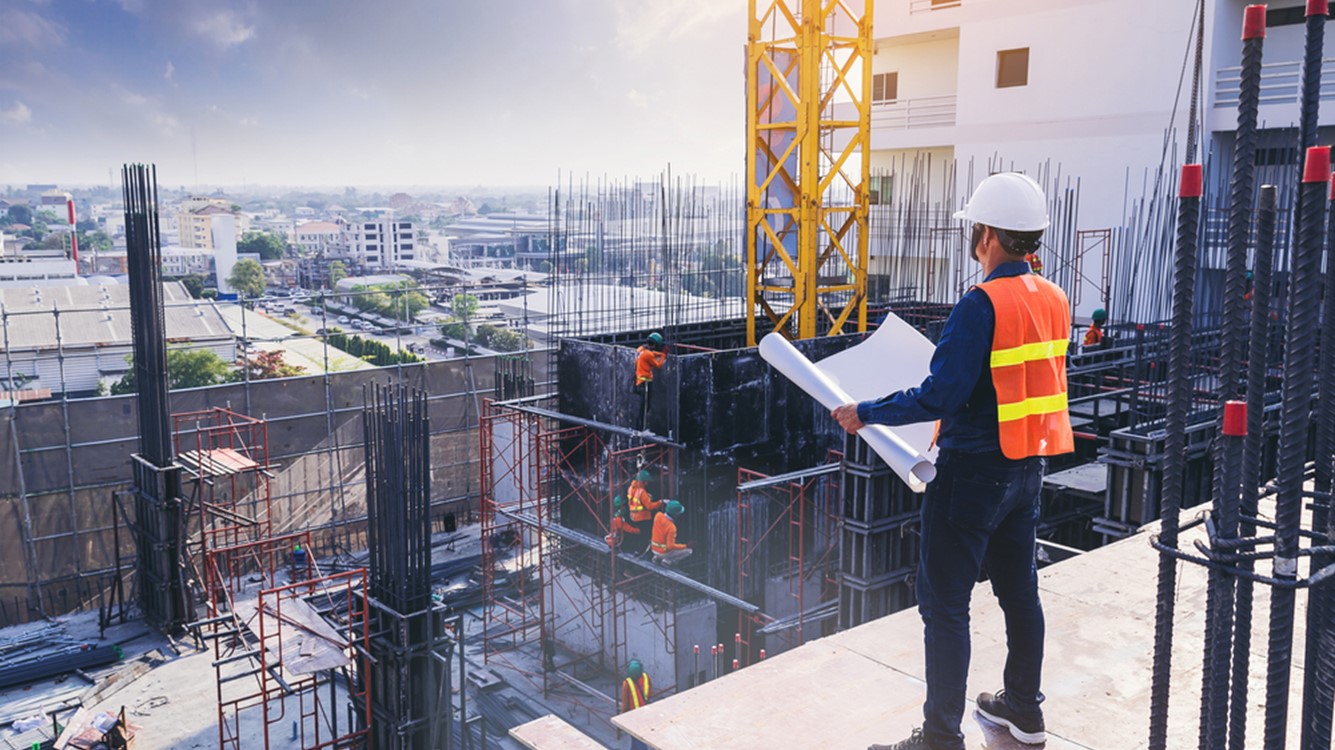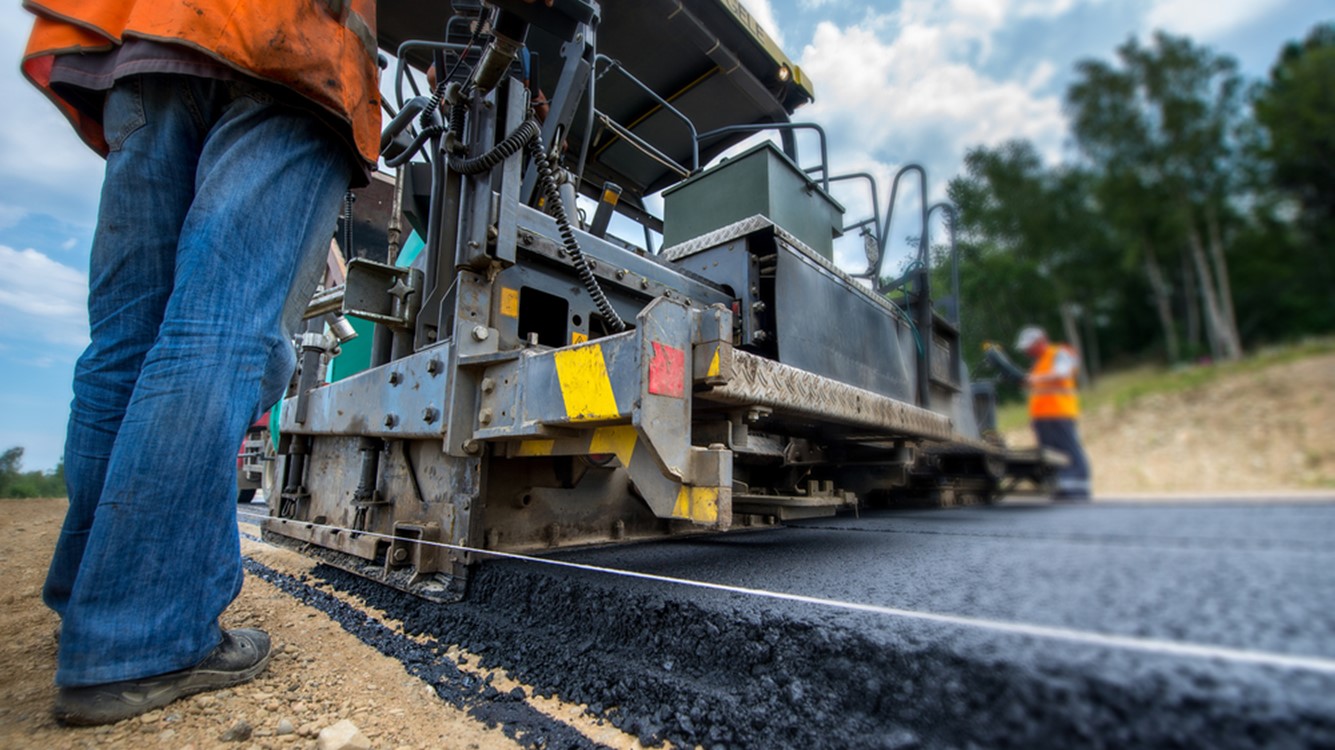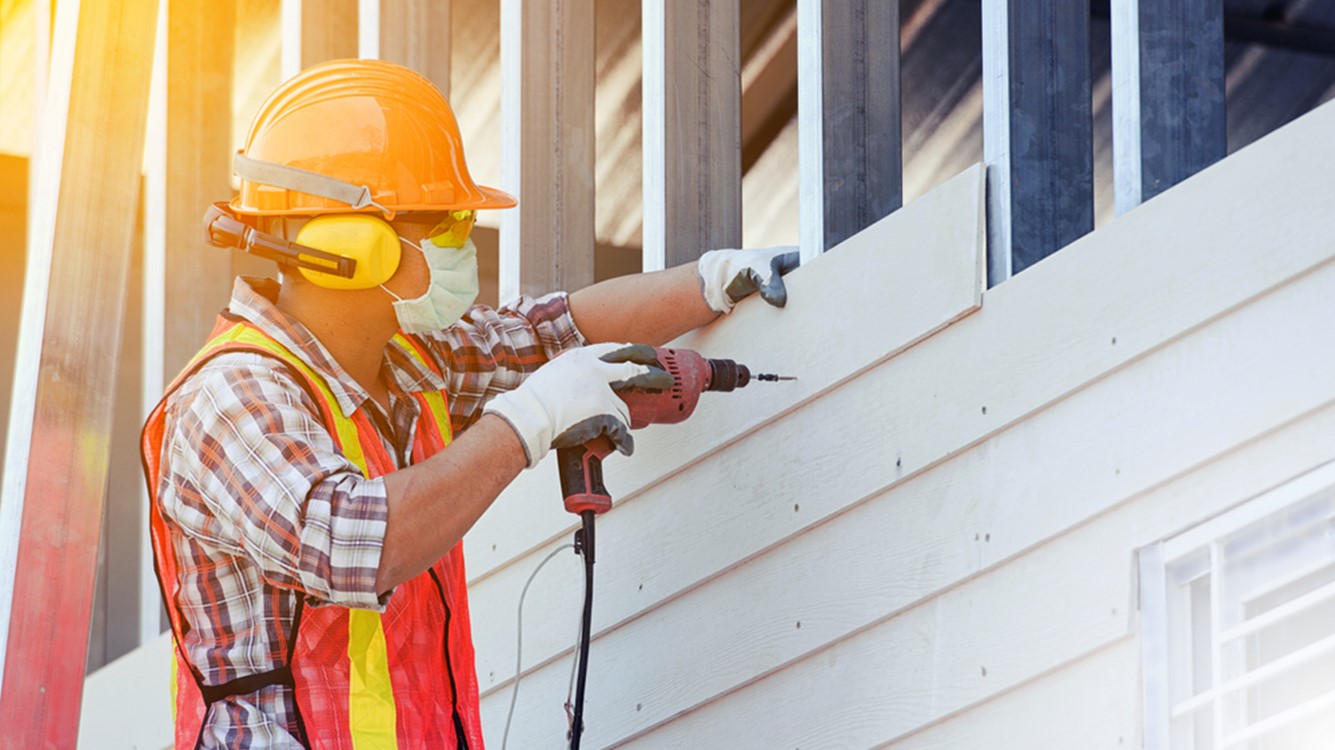Residential and nonresidential construction dragged in March
The concern is the slower glide path toward interest rate cuts.

May 1, 2024
Construction spending disappointed in March, slumping 0.2%. Both residential and nonresidential private construction dragged activity lower during the month. Public construction spending finally turned positive after two consecutive months of declines. Costs of inputs for construction industries moved up 1.8% in March compared to a year ago, according to the producer price index. While energy costs remain muted, other materials and labor cost pressures are impacting margins.
Private residential construction fell 0.7% in the month. Single-family construction, which had been on a tear for ten consecutive months, slipped 0.2% while multifamily construction slumped another 0.6%. New multifamily construction will remain muted while builders finish the backlogs of apartments, which hover close to their record highs of one million units. Rising mortgage rates hampered residential activity in recent weeks as expectations for a cut in rates from the Federal Reserve are pushed out further into the end of this year.
Home builders have seen robust demand coming from millennials, who are now the largest generation in the workforce and in their prime home buying years. Builders have pivoted to offering mortgage rate buydowns and building smaller homes to match the needs of first-time buyers. The resale market remains significantly undersupplied, which is why construction of new homes finally hit a million units for the first time since 2007 in 2022 and 2023. That is still not enough to meet the needs of those sidelined by the undersupplied housing market.
Private nonresidential construction fell 0.2% as commercial and power construction lost ground. The largest category, manufacturing construction, eked out a 0.1% gain as computer, electronic and electrical manufacturing jumped another 1% in March. Significant investment in chip plants and data centers over the last few years will keep this category growing at a solid clip in the near term. Energy grid needs will only expand, as the processing capacity of GenAI technology needs more power. Additionally, transformers have been in significantly short supply, with lead times rising fourfold over the past three years. That puts a ceiling on how fast infrastructure spending can be translated into completed projects. Labor shortages only add insult to injury.
Public construction spending, most of which occurs at the state and local levels, grew 0.8% in the month as almost all components of spending posted increased activity. Power infrastructure spending grew 3.3% in March and 71.1% from a year ago. State and local governments are flush with cash as a majority of states exceeded revenue expectations last fiscal year and will likely do so again this year.
Rising mortgage rates hampered residential activity in recent weeks as expectations for a cut in rates from the Federal Reserve are pushed out further into the end of this year.
Yelena Maleyev, KPMG Senior Economist
Bottom Line
Rising interest rates and material and labor shortages create speed bumps to how much construction can ramp up as we enter the busy Spring construction season. Significant federal investment in infrastructure, the push to bring manufacturing back onshore and demographic tailwinds pushing up demand for housing together mean construction activity has more room to run. The concern is the slower glide path toward interest rate cuts by the Federal Reserve will hamper investment decisions and squeeze margins in a still-high input cost environment.
Explore more

Construction slumped at the start of the year
Power construction spending is up 62% in February from a year ago and has more than doubled since 2022, largely on AI and large language models

KPMG Economics
A source for unbiased economic intelligence to help improve strategic decision-making.

March housing starts retreat
Builders continue to offer incentives to offset higher mortgage rates.
Subscribe to insights from KPMG Economics
KPMG Economics distributes a wide selection of insight and analysis to help businesses make informed decisions.
Meet our team

